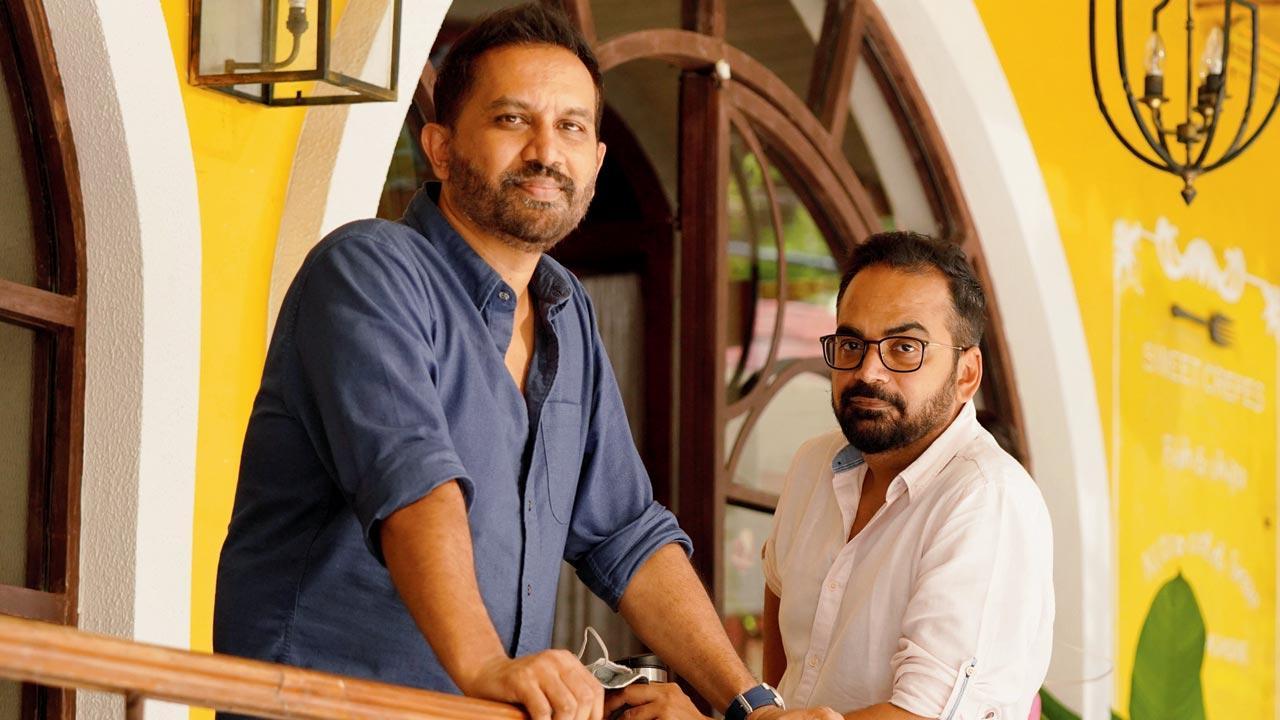Home / Entertainment / Bollywood News / Article /
Sit With Hitlist: How not to be the ‘minimum guys’
Updated On: 09 October, 2021 11:29 AM IST | Mumbai | Mayank Shekhar
Decoding Raj & DK, the unlikeliest Bollywood directors to claim the ‘family audience’!

(From left) Director-duo Raj Nidimoru and Krishna DK
If this was a Bollywood script, a la DDLJ, we’d start from the exact moment Raj, first locks eyes with Krishna (since no Simran) — perhaps coming down the steps of Tirupati’s Sri Venkateswara University College of Engineering (SVUCE), on their first day in college, with an imagined mandolin tune playing in the background. Somewhere, knowing, because destiny is such, that they’d live together to make Bollywood movies, for babies, happily ever after!
But of course, this is not a Bollywood script. Neither do the typically indie-looking, under-stated Raj Nidimoru and Krishna DK, former engineering classmates from SVUCE, seem like massy Bollywood directors. But they’re as A-list as it gets. If you consider their filmography, that features top-shelf
traditional to new Bollywood altogether.



